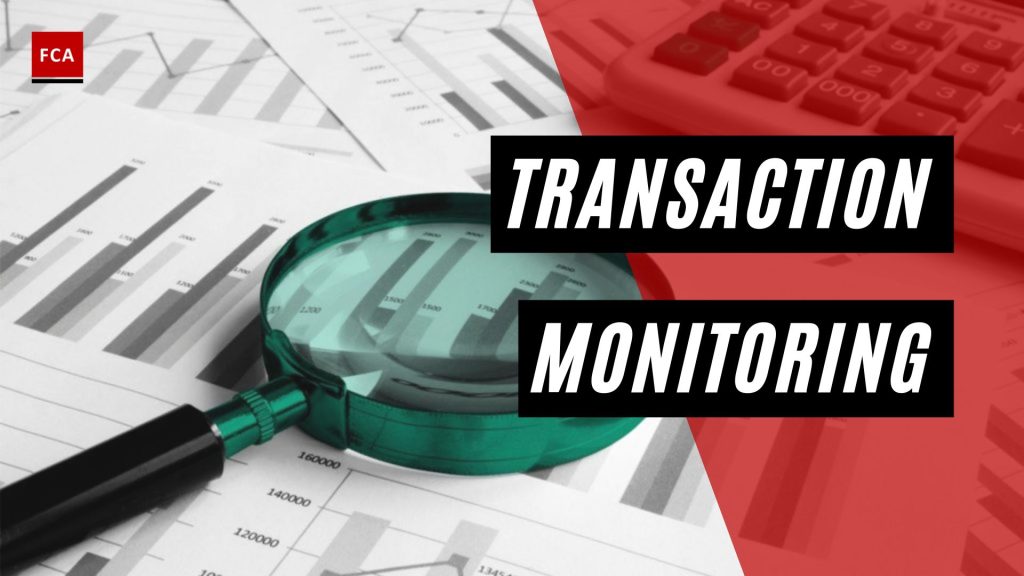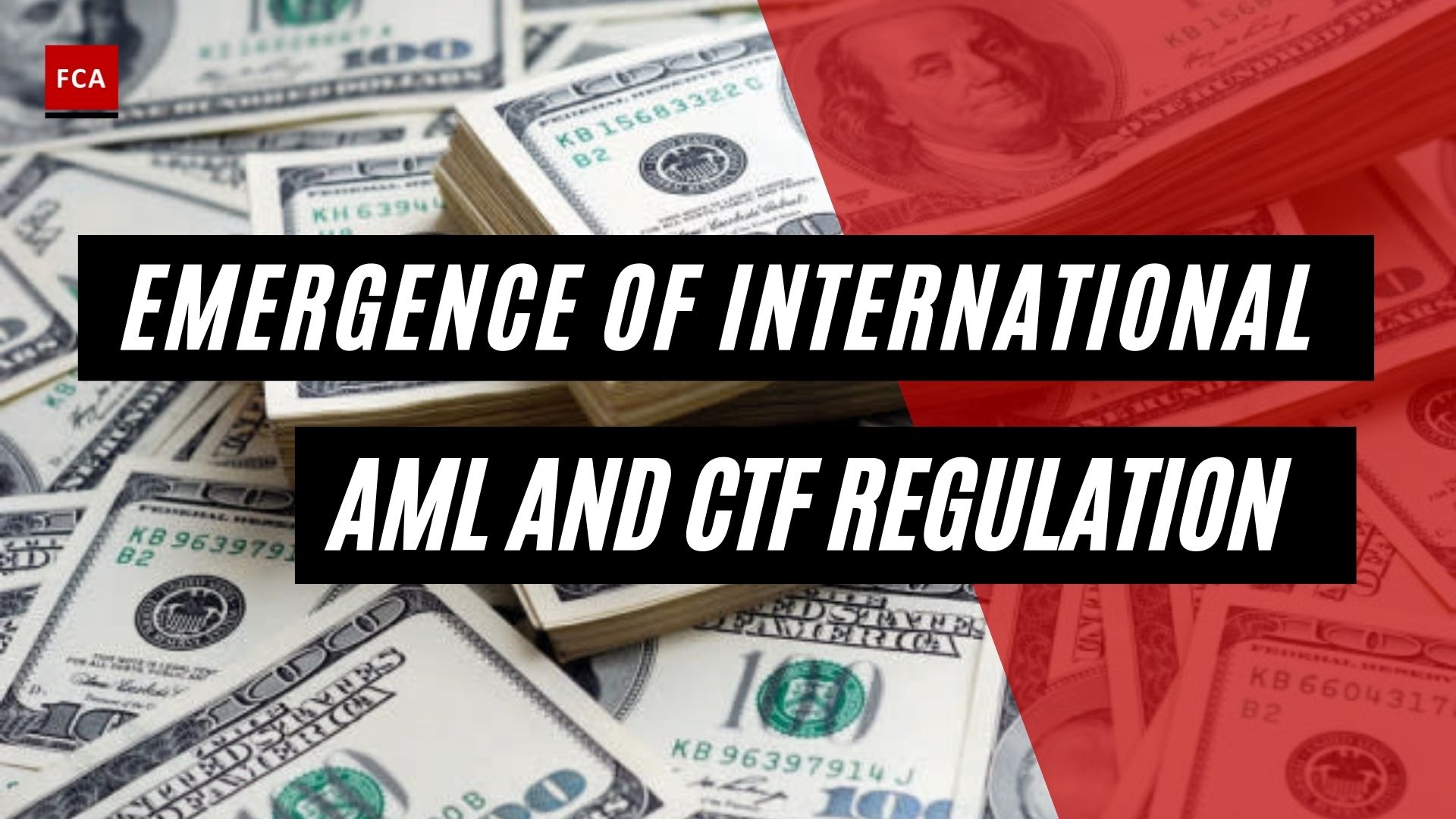Transaction monitoring is a process of understanding the nature and purpose of a transaction initiated or incurred by the customer or the institution. Transaction monitoring is one of the requirements of AML/CTF regulations or guidelines to ensure that money laundering risks are identified in case any related transaction is found. Proper investigation is performed as per applicable regulatory requirements.
The purpose of monitoring transactions is to understand the nature and purpose of a particular transaction and to avoid the risks of money laundering and terrorist financing. Without a regular and periodic risk-based transaction monitoring process, institutions cannot identify or manage the risks of money laundering or terrorist financing activities, leading to potential financial and reputational losses.

What is Transaction Monitoring?
The transaction monitoring process should be risk-based, where customers are categorized according to their risk profiles and KYC information. Riskier customers are focused more, and strict transaction monitoring rules are defined and applied for high-risk customers. High-risk customers include politically exposed persons or PEPs, close family members of PEPs, foreign PEPs, customers from high-risk countries or jurisdictions, casinos, real estate agents, property dealers, transactions related to non-profit organizations, etc. Some transactions are also categorized as high-risk, such as correspondent banking or cross-border transactions.
All transactions initiated by customers, third parties, correspondent banking, or wire transfers must be monitored appropriately. Transaction monitoring is based on different parameters, including the KYC information of the customers, established at the time of opening the account or updated later. KYC information provides each customer’s business and risk profile; therefore, KYC is considered a benchmark for the performance of transactions of customers.
The compliance team cross-refers the detail to the KYC to corroborate the transaction that occurred or was recorded in their accounts while monitoring customers’ accounts. Customer profiles monitor the transactions and activities the customers undertake; therefore, current and updated customer profiles must be maintained. The transaction monitoring process includes comparing customer-specific data with risk-scoring models. For high-risk category customers, transaction monitoring is a rigorous and detailed process to identify the patterns of unusual or inconsistent transactions.
For transaction monitoring, comparisons are made between the account activity volume and value and the historical transaction trend within the customer’s account. Account volume and activity are compared to pre-defined thresholds and rules.
The variance of a transaction or activity from normal threshold or activity levels causes the generation of “alerts,” which are scored and totaled at the account or customer levels. When a score crosses a defined threshold, the alert is generated for the review and investigation of the AML team. AML team focuses solely on studying and understanding transaction data and trends to perform the monitoring effectively.
Transaction monitoring is based on transaction thresholds set for each customer by the financial institutions. Transaction thresholds are used as a cut-off, the breach of which initiates the red alert of trigger in the AML system, which is then monitored and investigated by the relevant compliance team member. Transaction thresholds are subject to change and are linked with the business and risk profile of the relevant customer. Transaction thresholds may be set per day or period.
Institutions must comply with applicable AML/CTF laws and regulations to set transaction thresholds. While setting the transaction threshold, the account opening team identifies and understands the customers’ business needs and transaction requirements. This process of understanding customers makes it easier to assess the risk of money laundering or terrorist financing, the identification of which leads to further investigations and the application of appropriate enhanced due diligence measures.
There may be a possibility that the regulator prescribed the transaction thresholds for different types or categories of customers. Therefore identification and application of such regulatory thresholds are necessary for relevant institutions for compliance purposes.

Final Thoughts
Transaction monitoring is the process of actively tracking and analyzing financial transactions to identify and prevent fraudulent or illegal activities. This can be done using various tools and technologies to monitor electronic and non-electronic transactions, including cash transactions, wire transfers, credit card transactions, and more.
The purpose of transaction monitoring is to detect suspicious activities such as money laundering, terrorist financing, fraud, and other financial crimes. The monitoring process involves identifying patterns and trends that may indicate illegal activities and flagging transactions for further investigation.
Transaction monitoring is typically used by financial institutions such as banks, credit card companies, and investment firms to comply with regulatory requirements and to protect themselves and their customers from financial crimes. It is a critical part of their anti-money laundering (AML) and know-your-customer (KYC) programs.









